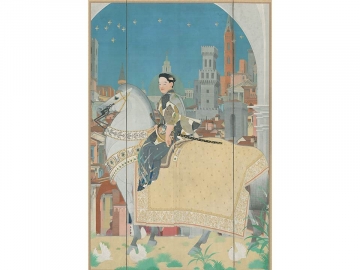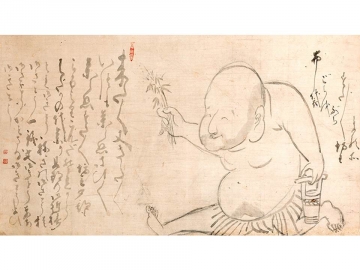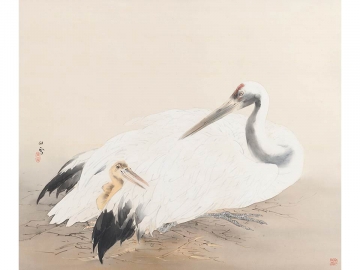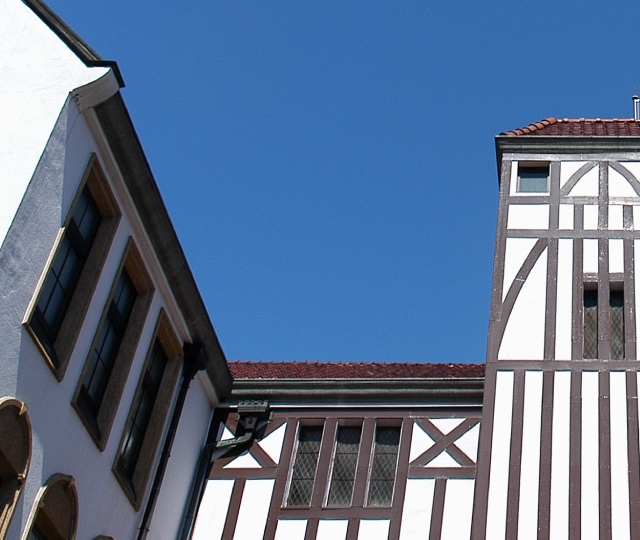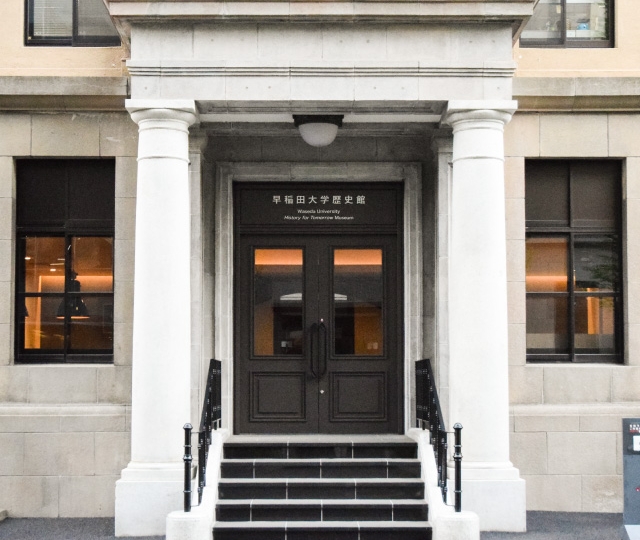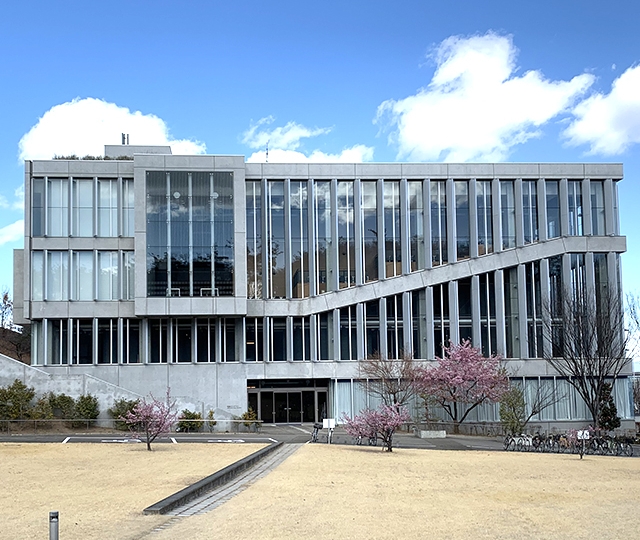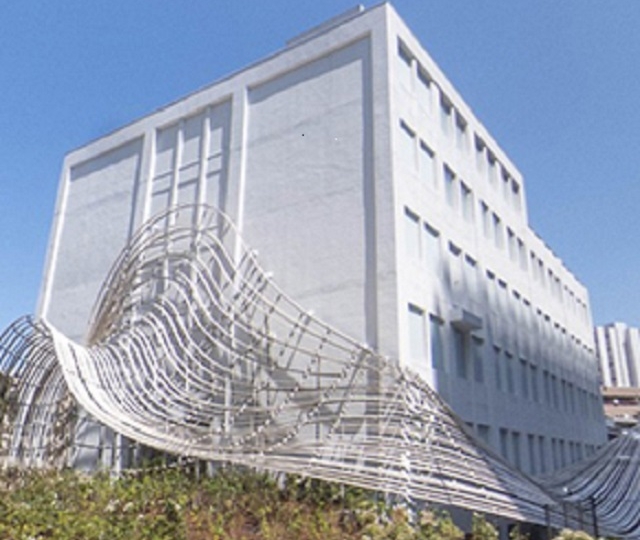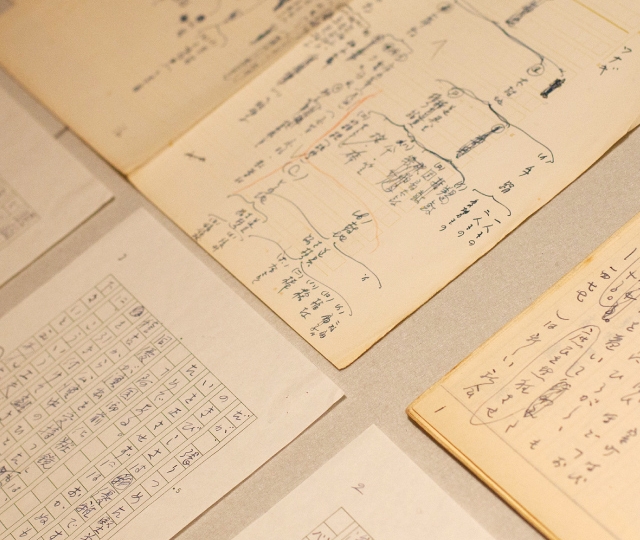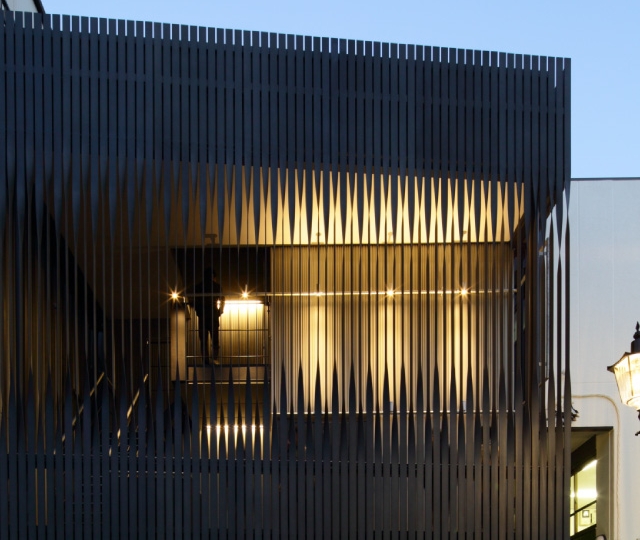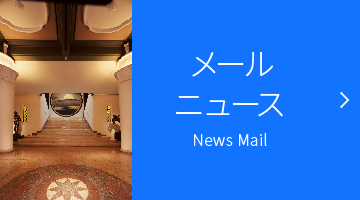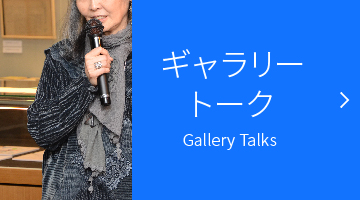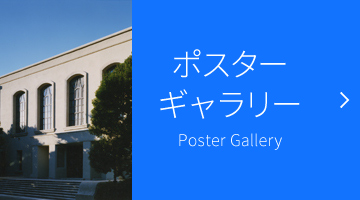タイトル
蜆子和尚図 けんすおしょうず
Kensu-oshō (Xianzi heshang; Clam Priest)
作者
仙厓義梵(1750-1837)
Sengai Gibon (1750-1837)
技法
紙本墨画
Ink on paper
サイズ
49.7×54.9㎝
制作年
江戸時代
Edo period
備考
蔵品番号 禅A-85
Collection No. 禅A-85
概要
蜆子和尚は中国唐末~五代頃の僧で、一年中着の身着のまま、昼は川辺で蜆(しじみ)や蝦(えび)を採って食べ、夜は神祠の紙銭(神を祀ったり死者に供えたりする時に用いられる紙で作った銭)中にもぐって露をしのいだという奇行の持ち主。本図は思わず笑いを誘う蜆子の姿に「毎日殺生戒を犯す破戒僧の内面に、諸仏を吞み込んでしまうような力量を持つ」という意味の賛を施す。作者の仙厓は博多の臨済宗の禅僧で、軽妙でユーモアに富んだ禅画で知られる。
Kensu-oshō was a Chinese priest of the end of the Tang dynasty to the Five Dynasties period. He was known for his eccentric behavior. With little more than the clothes on his back, he spent his days at riverbanks, digging for clams and catching shrimp as food, while at night he took shelter from the dew by burying himself under the paper money dedicated to small shrines as offerings to the gods and the dead. The design depicts the priest almost comically and is accompanied by words of praise to the effect that although he is an apostate priest who kills living creatures every day, his inner self contains a power that could overtake various Buddha. The artist, Sengai, was a Zen priest of the Rinzai sect, living in Hakata, Kyushu. He is known for his witty and humorous Zen drawings.


